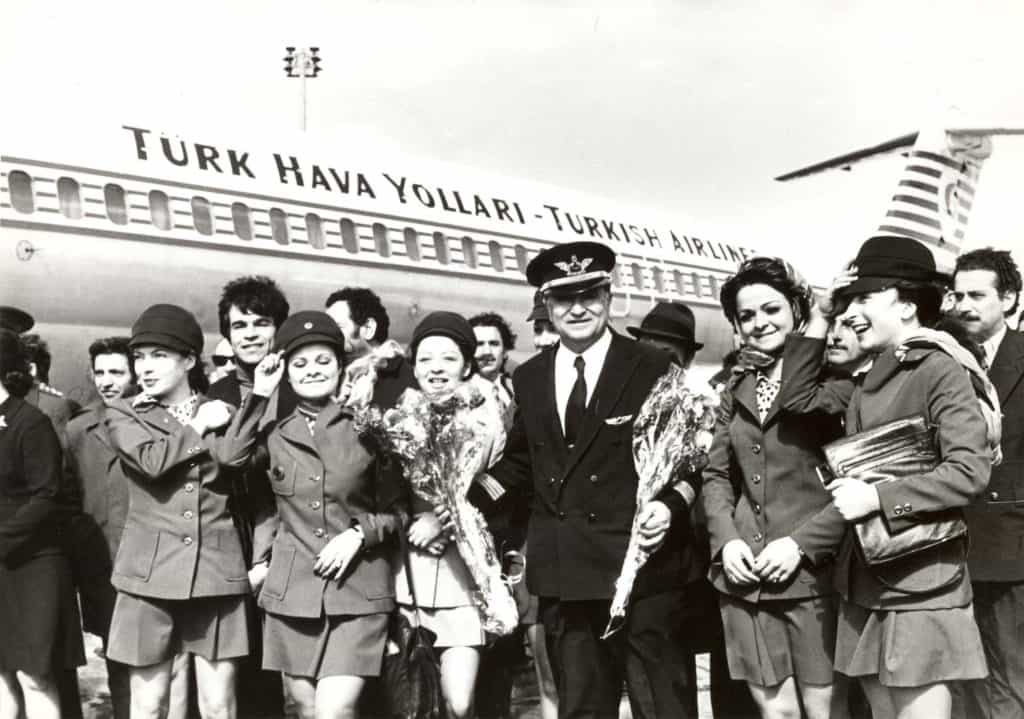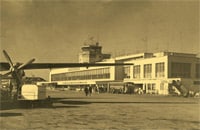 Turkey celebrates its biggest public holiday in commemoration of the day in 1923 when the State became a Republic – the 35 hour-long celebrations begin on October 28th at 1:00 p.m and end at midnight on October 29th. Aviation has played a pivotal role in the growth of the country, particularly over the last decade after the Government took steps to reform the aviation sector. Liberalizing the domestic market created a competitive environment that made way for rapid, exponential growth. Here is a look at how the civil aviation in Turkey became the success it is today.
Turkey celebrates its biggest public holiday in commemoration of the day in 1923 when the State became a Republic – the 35 hour-long celebrations begin on October 28th at 1:00 p.m and end at midnight on October 29th. Aviation has played a pivotal role in the growth of the country, particularly over the last decade after the Government took steps to reform the aviation sector. Liberalizing the domestic market created a competitive environment that made way for rapid, exponential growth. Here is a look at how the civil aviation in Turkey became the success it is today.
Historical Timeline:
- Aviation operations first began in Turkey in 1912, with two hangers at a small aerodrome facility close to where Istanbul Airport stands today.
- The Turkish Aircraft Community, which was founded in 1925, penned the quote that is still used today in Turkey: “The Future is in the Skies”.
![turkish-airport]()
- Ten years after becoming a Republic, the State had a small fleet of five aircraft called “Turkish Air Mails” that is today Turkish Airlines. Also founded this year, was the “State Airlines Operation Authority” with the organization of the Ministry of National Defense. The initial budget of the organization headed by one of the first Turkish aviators, Mr. Fesa Evrensev, was 180 thousand Turkish Liras, and the organization employed a total of 24 personnel comprised of seven pilots, eight mechanics, eight officers and a radio operator.
- In 1944 Turkey was one of the original 52 signatories to the Chicago Convention.
- Turkey was a Member of the ICAO Council from 1947 to 1950.
- In 1955 the name of the State Airlines Operation Authority was changed to Turkish Airlines
- The “Civil Aviation Department was established in 1954 to protect national interests and carry out international relations in a rapidly developing Civil Aviation Community.
- In 1987 the department was reorganized as the “Directorate General of Civil Aviation.
- The DGCA, which had been the main service division of the Ministry of Transport, achieved financial autonomy on 10 November 2005 (Law 5431).

General Facts:
- Ankara became the capital of Turkey after the 1923 War of Independence
- Istanbul is the only city in the world that is located on two continents – Europe and Asia. Only 3% of Turkey is in Europe
- The population of Turkey is 76.6 million
- The country area is 783 562 square kilometres
- There are 37 international airports
- International Passenger Traffic:82.7 million passengers, 135.1 billion revenue passenger-kilometres
- International Cargo Traffic: 803 800 metric tonnes, 2.3 billion freight tonne-kilometres
- There are 13 national airlines with international service
- 199 foreign airlines fly in and out of Turkey
- Turkey has signed air service agreements with 162 ICAO Member States
- Today Turkish flag carriers operate to more countries than any other airline in the world, serving 286 destinations in 112 States.
- In 2015 Turkish Airlines carried 61.8 million passengers and operates scheduled services to 280 destination in Europe, Asia, Africa and the Americas
- In October 2016, during ICAO’s 39thGeneral Assembly, Turkey won a seat as a Member of the ICAO Council
- Construction is currently underway on a 3rd airport in Istanbul which is expected to carry 150 million passengers


